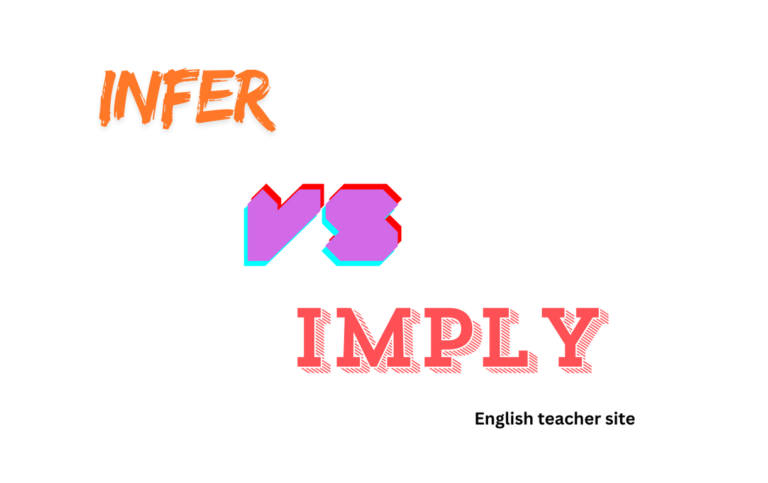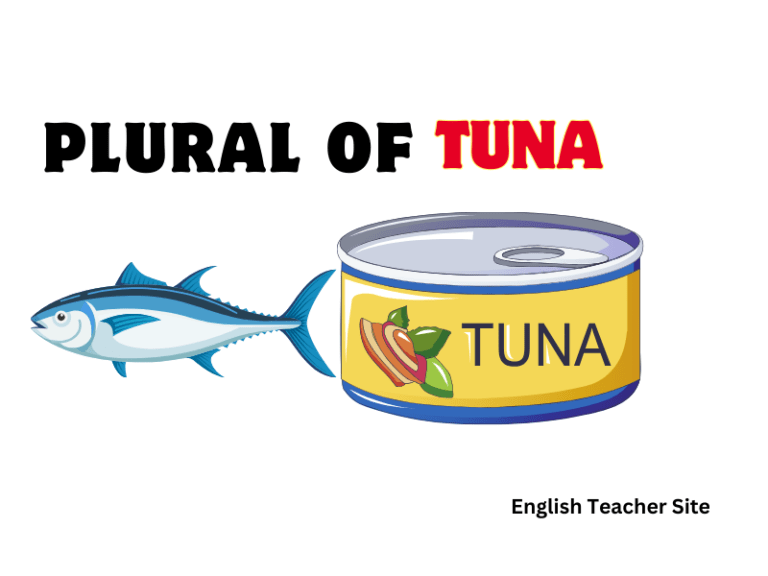There Is or There Are: Mastering Subject-Verb Agreement in English Grammar

- Using “there is” or “there are” correctly is vital for grammatical accuracy.
- “There” functions as a pronoun before the verb and is pivotal for sentence structure.
- The verb form (“is” or “are”) aligns with the singularity or plurality of the subject noun.
The word “there” serves as a pronoun in sentences to indicate the existence or presence of something. The decision to use “is” or “are” hinges on the subject that follows this pronoun. It’s not the presence of “there” that dictates the verb form but the nature of the subject itself. Understanding the proper usage of these phrases is crucial for effective communication and writing.
“There is” vs. “There are”
When it comes to choosing between “there is” and “there are,” the decision rests on the number and form of the noun that follows. “There is” applies to a singular subject, while “there are” is correct for a plural subject.
The “Is” Verb Clarified
“There is” is used when referring to a singular noun or a noncount noun, ensuring subject-verb agreement. For example:
- There is a book on the table.
- There is excitement in the air.
In contrast, “There are” is the appropriate choice for plural nouns, once again to maintain agreement between the subject and the verb:
- There are three books on the shelf.
- There are many reasons to celebrate.
Here are two tables demonstrating the proper use of “there is” and “there are” with both singular and plural nouns:
Singular Nouns
| Situation | Example Sentence |
|---|---|
| Singular Object | There is a flower in the vase. |
| Singular Concept | There is truth in his statement. |
Plural Nouns
| Situation | Example Sentence |
|---|---|
| Multiple Objects | There are flowers in the garden. |
| Multiple Concepts | There are truths that we hold to be self-evident. |
When determining the correct form to use in sentences with compound subjects (nouns joined by “and”), it’s essential to choose “there are” since the compound subject is plural:
- There are a cat and a dog in the basket.
To enhance clarity, consider the following bullet points:
- Use “there is” with singular and noncount nouns.
- Use “there are” with plural nouns or when there is more than one noun.
- Compound subjects joined by “and” always take “there are.”
Remember, while brevity and informality may lead some to use ‘there’s’ for both singular and plural nouns …
The Pronoun “There” Unveiled
The use of the word “there” in English grammar extends beyond its role as an adverb. In construction such as “There is” and “There are,” it functions as a pronoun introducing the existence of something. This section deconstructs one of the trickier elements of English grammar: choosing between “There is” and “There are.”
Navigating Subject-Verb Agreement: “There is” vs. “There are”
When it comes to subject-verb agreement with the pronoun “there,” the number of subjects dictates the choice between “is” and “are.” Remember to match the verb to the noun that follows.
| Singular Noun Example | Plural Noun Example |
|---|---|
| There is a book on the table. | There are books on the table. |
| There’s an apple in the basket. | There are apples in the basket. |
To ascertain the correct form, one might use the following points:
- Use “There is” when the noun is singular.
- There is a cat on the porch.
- Use “There are” when the noun is plural.
- There are three cookies left in the jar.
However, when a sentence starts with “there” followed by a compound subject, the rule slightly changes:
| Mixed Singular and Plural Subjects | Corresponding Verb Form |
|---|---|
| There is a cat and a dog in the yard. | Singular verb due to proximity. |
| There are a dog and two cats in the yard. | Plural verb as plural noun is closer. |
Here are some bullet points to summarize:
- “There is” with singular nouns.
- “There are” with plural nouns.
- Compound subjects may influence the verb based on the noun closest to it.
In considering proximity with compound subjects:
- The noun closest to the verb determines its number.
- This is true even in cases where a plural noun follows a singular: There is a cat and two dogs.
Remember, “There is” can be contracted to “There’s”, especially in informal speech or writing, but “There are” does not commonly have a contraction.
Origin of “There Is”
The phrase “there is” has its roots in the Old English phrase “þǣr wæs,” which directly translates to “there was.” It serves a function known as the existential “there,” indicating the existence of something.
The use of “there is” has evolved over time to align with present-tense singular subjects, while “there are” caters to plural subjects. This split exemplifies the importance of subject-verb agreement in English grammar. In both cases, “there” operates as an introductory word that sets the stage for the subject that follows.
Evolution of Usage:
| Old English | Middle English | Modern English |
|---|---|---|
| þǣr wæs | there is | there is |
During the Middle English period, which ran roughly from the late 11th to the late 15th century, the current form “there is” began to take shape. This was a period of significant language transition, facilitated by events like the Norman Conquest, which began to reshape the English language.
Frequency in Literature:
| “There is” usage | “There are” usage |
|---|---|
| Singular subjects | Plural subjects |
In literature, “there is” often introduces a singular noun or noun phrase, reflecting the singular form of the verb “to be.” The consistency in this construction reflects a nuanced understanding of grammatical number in English.
- Examples of “there is”:
- There is a chance for rain.
- There is an exception to every rule.
- Examples of “there are”:
- There are many reasons for this decision.
- There are several books on the shelf.
Through these examples, it becomes evident that sentence structure adheres to the basic rules established by the singular or plural nature of the subject. The phrase “there is,” along with its counterpart “there are,” remains a testament to the language’s ability to adapt and simplify over centuries.
Source
My name is Khamis Maiouf. I am the creator of the English Teacher Site, dedicated to providing valuable resources and insights for students around the world. With a passion for education and a commitment to helping students enhance their skills, I aim to make English teaching more effective and enjoyable for both educators and students.






